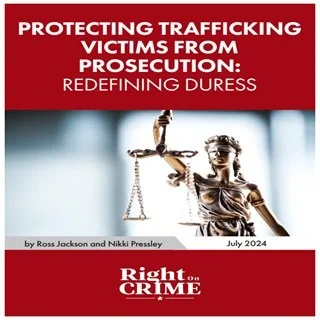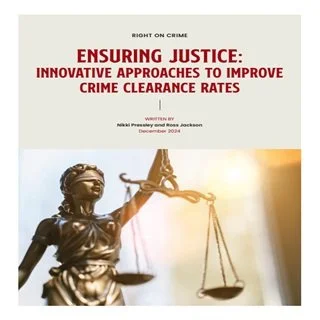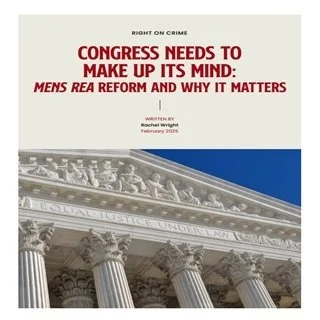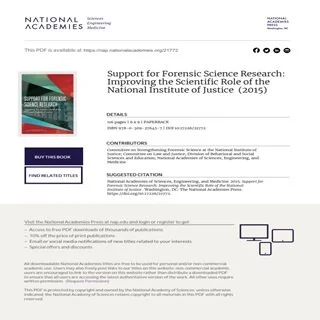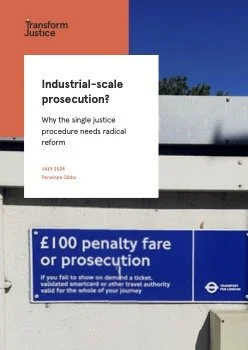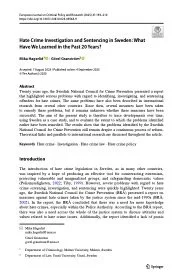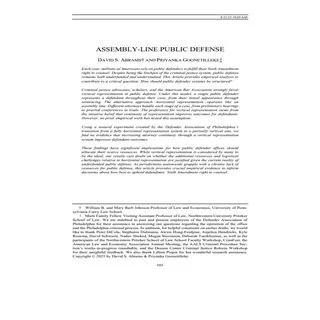By Hannah Turner, Moriah Sharpe
This project, executed by the UNC School of Government Criminal Justice Innovation Lab (the Lab) in partnership with the North Carolina Office of Indigent Defense Services (IDS), supports stakeholder interest in the expansion of social work services in North Carolina public defender offices by assessing the implementation of the social work function. The project has two components: (1) A workshop for Chief Public Defenders and select staff, held in April 2024, on holistic defense and the use of social workers in public defender offices. (2) An implementation evaluation of social work positions in seven North Carolina public defender offices. This report focuses on findings from the implementation evaluation and provides recommendations for public defender offices seeking to add or expand social work capacity. Key takeaways include: Eight public defender offices currently have social work staff, and many others have expressed interest in adding social work capacity. Of the twenty-seven public defender offices in the state, eight have social work staff members. Seven offices with social work staff participated in the implementation evaluation component of the project. However, representatives from twenty-one offices attended the April 2024 workshop, demonstrating broad interest in the use of social workers in public defender offices. The day-to-day operation of social work staff varies significantly by office. Offices have tailored the role of social work staff to meet their specific needs. For example, some social work staff take on a wide array of referrals, while others focus on a narrower client populationlike clients in custody seeking acceptance to residential substance use treatment programs. The background of the social work staff member, the availability of community resources, and the willingness of other court system actors to agree to social work alternatives as part of case resolutions all impact the day-to-day role of social work staff. Offices have different preferences when hiring social work staff. Offices have hired social work staff members with a variety of professional backgrounds, including capital mitigation work, psychology, county social services, and library science. Chief Public Defenders emphasized that not everyone with a traditional social work background would be an ideal candidate to work in public defense. For example, some offices expressed concerns about people with child welfare experience making the transition to advocate for adult clients who may have been charged with crimes against children. Most offices agreed that professional licensure was not a necessary requirement for their social work staff. Offices create their own procedures for training and onboarding social work staff. There is not a statewide standardized training or onboarding process specific to social work staff. Many offices described this as both a benefit and a challenge. Chief Public Defenders appreciated the flexibility, but they raised concerns about their ability to effectively train social work staff without subject matter expertise in the area. Offices used a variety of techniques to promote successful onboarding, like court observation, finding relevant online trainings, and shadowing current staff to understand different roles. Still, social work staff consistently voiced a desire for more training opportunities. Social work staff offer a range of benefits. Offices expressed that social work staff offer a variety of supports to clients, freeing up attorneys to focus on the person’s legal defense. They said social work staff facilitate more trusting client relationships, promote a positive working environment, and can increase the community’s confidence in the public defender’s office. There is minimal overlap in data collection among offices with social work staff, which could be a limitation for future evaluation. Social work staff members typically create their own procedures for case documentation and data collection, and those procedures vary widely by office. Some offices use paper files, others use electronic tracking systems, and others do not have separate social work case files at all. The lack of consistency in data collection could present challenges for any future evaluation seeking to determine the impact of social work staff on non-legal client outcomes, like connection to substance abuse treatment. Consistent funding is one of the biggest challenges for retention of social work staff and expansion of the social work function. Offices fund social work positions in several ways, including grants, county government support, and state budget allocations. All of these funding sources have their limitations, and offices described challenges securing stable funding. Limited funding means that offices struggle to expand their social work capacity and that existing social work staff have very minimal opportunities for promotion. However, using interns from Master of Social Work or other similar programs can provide a no-cost option for offices looking for additional social work supporteven for offices that do not currently have dedicated social work staff.
Raleigh: Criminal Justice Innovation Lab, UNC School of Government



